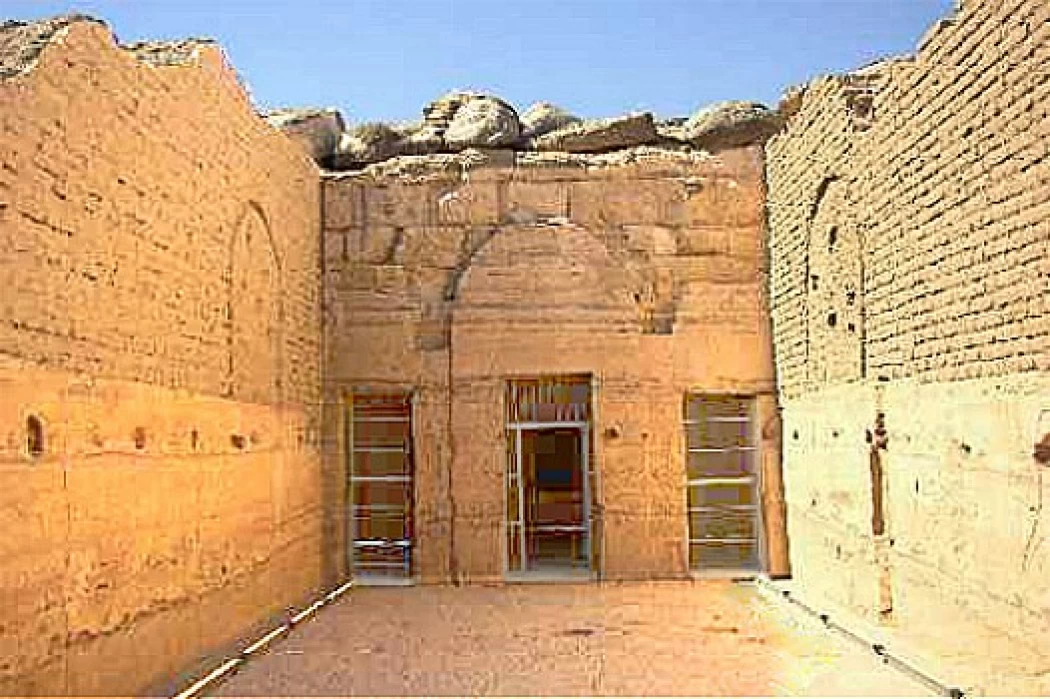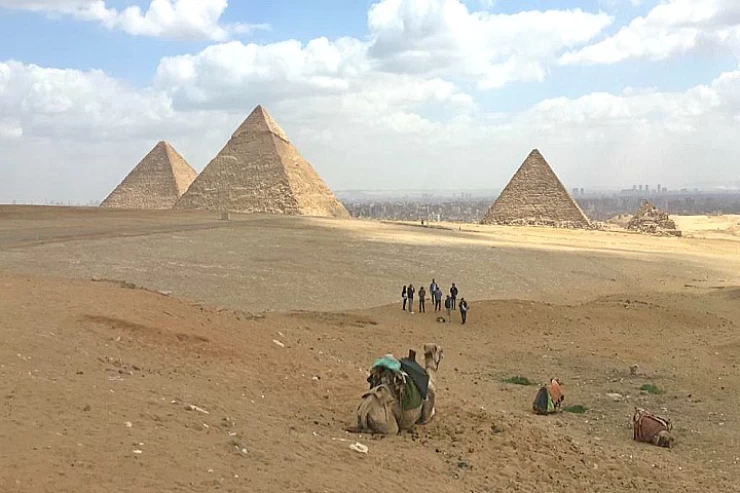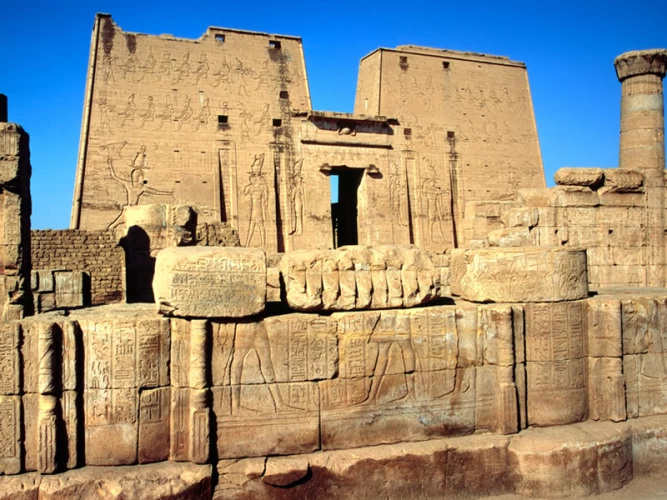
Beit El Wali | Aswan Attractions
Details about The Temple of Beit El-Wali
Nubia is home to a large number of Egyptian temples that were built during the New Kingdom, Greek and Roman eras. King Ramses II alone built seven temples, including six on the West Nile and one on the East Nile. The International Campaign to Save Nubia's Antiquities is the largest campaign to save cultural heritage through the solidarity of the international community, Egypt and UNESCO to preserve cultural heritage sites for humanity. These monuments were under threat from the rising waters of the Nile River, following the construction of the Aswan High Dam.
The Beit el-Wali temple is adjacent to the Kalabsha temple in Kalabsha city in Aswan Governorate. The House of the Wali is the smallest of the temples of Pharaoh Ramses II in Nubia (Abu Simbel, Wadi al-Sabua, Eldar, Jurf Hussein) and is considered the smallest of them, as it is 20 meters in length while its width is 8 meters.
The temple, which is relatively modern, assigns the earliest years of construction to the period of Ramses' rule. Unfortunately, she finds that the most powerful and memorable event of the reign of King Ramses - ‘The Battle of Kadesh’ which took place in his fifth year of rule – is conspicuously absent from the historical records. The temple is located roughly 50 km south of Aswan, adjacent to Kalabsha Temple, and took about four years to relocate.
Researchers considered this period to be a long time, for his reign, and the temple was cut from the rock taking into account the preservation of colors. The transfer of this temple was funded by a joint collaboration between the Chicago Institute and the Swiss Institute in Cairo, and the work was carried out by a team of Poles who are known for their mastery of cutting and restoration work. The Poles gained this expertise by restoring old churches in Europe after World War II.
















